Research Article
Optimizing Sterilization Condition for the Initiation of Sweet Potato (Ipomoea batatas) Culture in vitro
Department of Crop Science, University of Cape Coast, Ghana
J. N. Buah
Department of Crop Science, University of Cape Coast, Ghana
P.A. Asare
Department of Crop Science, University of Cape Coast, Ghana
S. Acheampong
Department of Molecular Biology and Biotechnology, University of Cape Coast, Ghana
















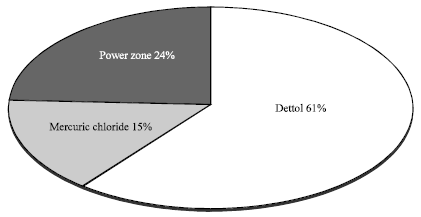
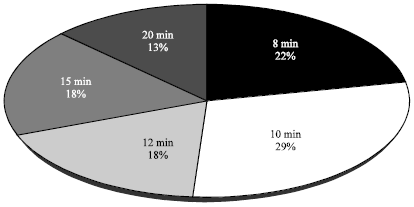
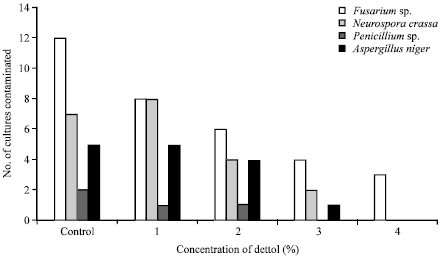
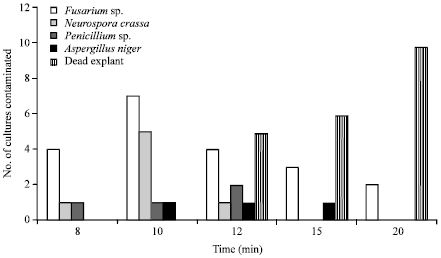
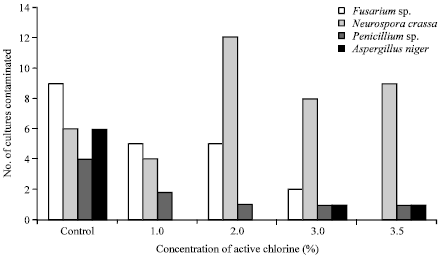
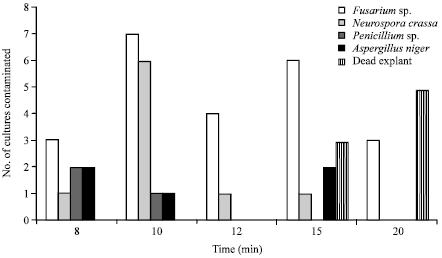
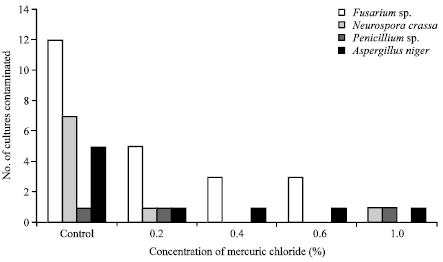
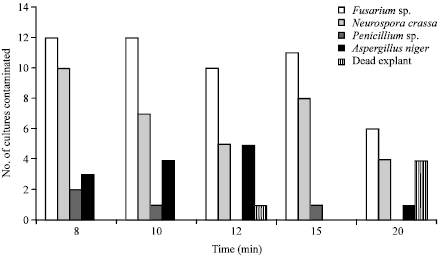
Zelalem Ayenew Reply
thanks